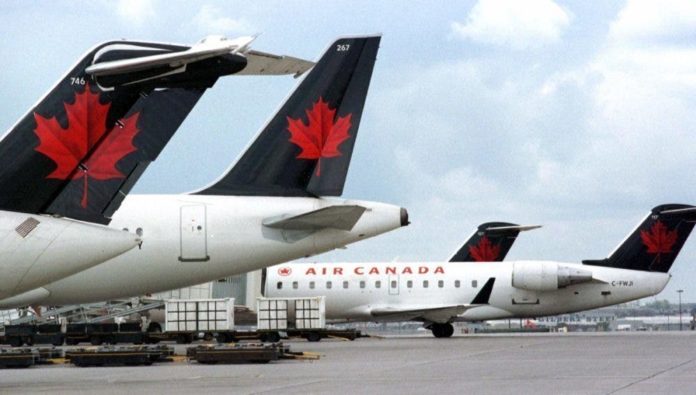The International Air Transport Association (IATA) announced international and domestic passenger numbers in May 2020.
IATA said that passenger demand in May (measured in revenue passenger kilometers or RPKs), dropped 91.3% compared to May 2019. This was a mild uptick from the 94% annual decline recorded in April 2020. The improvement was driven by recovery in some domestic markets, most notably China.
“May was not quite as terrible as April. That’s about the best thing that can be said. As predicted, the first improvements in passenger demand are occurring in domestic markets. International traffic remained virtually stopped in May. We are only at the very beginning of a long and difficult recovery. And there is tremendous uncertainty about what impact a resurgence of new COVID-19 cases in key markets could have,” said Alexandre de Juniac, IATA’s Director General and CEO.
|
||||||||||||||||||||||||||||||||||||||||||||||||
| 1% of industry RPKs in 2019 2Year-on-year change in load factor 3Load Factor Level |
International Passenger Markets
May international passenger demand fell 98.3% compared to May 2019, which was virtually unchanged from the 98.4% decline recorded in April. Capacity plummeted 95.3%, and load factor sank 51.9 percentage points to 28.6% meaning a bit more than a quarter of seats were filled, on average.
- European carriers’ May demand contracted 98.7% compared to last year, virtually unchanged from a 98.9% drop in April, year-over-year, and the worst decline among regions. Capacity dropped 97.5% and load factor fell by 41.7 percentage points to 42.4%.
- Asia-Pacific airlines’ May traffic plunged 98.0% compared to the year-ago period, also in line with a 98.2% recorded in April. Capacity fell 95.1% and load factor shrank 46.6 percentage points to 32.1%.
- Middle Eastern airlines posted a 98.0% traffic contraction for May, compared with a 97.3% demand drop in April. Capacity tumbled 93.9%, and load factor sagged to 23.9%, down 49.1 percentage points compared to the year ago period.
- North American carriers had a 98.2% traffic decline in May, little changed from a 98.4% decline in April. Capacity fell 94.5%, and load factor dropped 56.7 percentage points to 27.2%.
- Latin American airlines experienced a 98.1% demand drop in May compared to the same month last year, versus a 98.2% drop in April. Capacity fell 96.6% and load factor fell 38.1 percentage points to 45.9%, best among the regions.
- African airlines’ traffic sank 98.2% in May, fractionally improved from a 98.7% decline in April. Capacity contracted 77.8%, which was the smallest supply reduction among the regions, and load factor dived 61.8 percentage points to just 5.3% of seats filled, which was the lowest among regions.
























